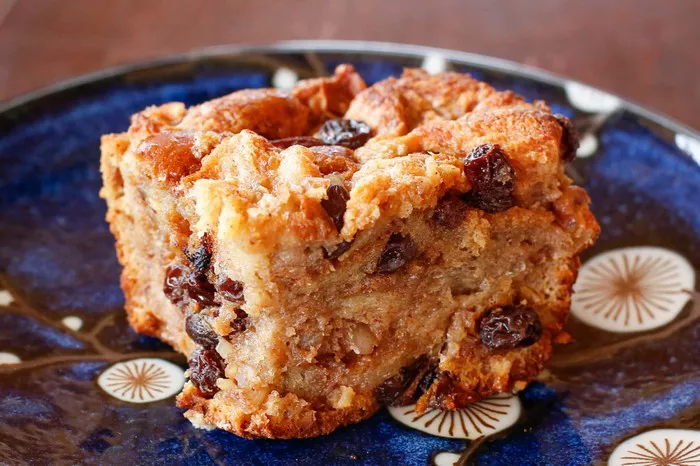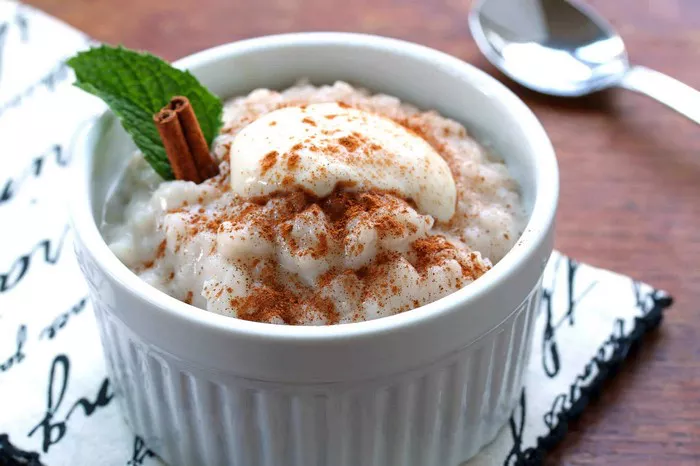Bread pudding is a timeless dessert that has been cherished for generations, beloved for its comforting flavors and rustic charm. But when it comes to crafting the perfect bread pudding, the choice of bread is paramount.
In this flavorful journey, we’ll delve into the world of bread varieties and uncover the secrets to selecting the best bread for creating a pudding that’s moist, flavorful, and utterly irresistible.
Understanding Bread Varieties:
From crusty baguettes to tender brioche, bread comes in a multitude of shapes, sizes, and textures, each with its own unique flavor and baking properties. Some breads are hearty and dense, while others are light and airy. Some boast a subtle sweetness, while others are rich and savory.
By understanding the nuances of different bread varieties, we can make informed choices when selecting the perfect loaf for our pudding masterpiece.
The Quest for the Perfect Bread Pudding:
The ideal bread for bread pudding should strike a delicate balance between absorbency and structure, soaking up the custard while maintaining its integrity and texture.
Additionally, the flavor of the bread should complement the other ingredients in the pudding, enhancing its overall richness and depth.
Top Contenders for Bread Pudding:
1. Challah:
With its rich, eggy flavor and tender crumb, challah is a popular choice for bread pudding. Its slightly sweet undertones pair beautifully with the creamy custard, while its airy texture absorbs the liquid evenly, resulting in a pudding that’s moist and decadent.
Plus, challah’s sturdy structure holds up well during baking, ensuring a pudding that’s light and fluffy yet satisfyingly dense.
2. Brioche:
Known for its buttery richness and delicate texture, brioche is another standout choice for bread pudding. Its high egg and butter content contribute to its luxurious flavor and moist, tender crumb, making it an ideal canvas for soaking up the custard base.
Brioche’s light, airy texture lends a delicate melt-in-your-mouth quality to the pudding, while its subtle sweetness adds depth and complexity to the overall flavor profile.
3. French Baguette:
Crusty on the outside and tender on the inside, a French baguette brings a rustic charm to bread pudding. Its chewy texture absorbs the custard beautifully, resulting in a pudding that’s moist and flavorful without being overly dense.
The slight tanginess of the baguette’s crust adds a delightful contrast to the creamy custard, while its neutral flavor allows the other ingredients to shine.
4. Ciabatta:
With its rustic appearance and chewy texture, ciabatta adds a rustic charm to bread pudding. Its open crumb structure allows the custard to penetrate deeply, resulting in a pudding that’s moist and flavorful throughout.
Ciabatta’s subtle wheaty flavor complements the sweetness of the custard and the richness of any added ingredients, creating a harmonious balance of flavors and textures.
5. Cinnamon Raisin Bread:
For a twist on traditional bread pudding, consider using cinnamon raisin bread. Its sweet, spicy flavor and plump raisins add a burst of sweetness and texture to the pudding, while its soft, pillowy texture absorbs the custard beautifully.
The combination of cinnamon and raisins infuses the pudding with warm, comforting flavors reminiscent of classic cinnamon rolls, making it a favorite among dessert lovers.
Experimenting with Flavor and Texture:
While the bread varieties mentioned above are favored for their exceptional qualities in bread pudding, don’t be afraid to experiment with different combinations of breads to create a pudding that suits your personal taste preferences.
Mixing and matching breads with varying textures and flavors can result in a pudding that’s uniquely your own, with layers of complexity and depth.
Whether you prefer the rich, buttery goodness of brioche or the rustic charm of a French baguette, there’s no wrong choice when it comes to crafting the perfect bread pudding.
Tips for Pudding Success:
When selecting bread for bread pudding, keep the following tips in mind to ensure a successful baking experience:
1. Choose bread that is slightly stale or dried out, as it will absorb the custard more readily without becoming soggy.
2. Cut the bread into uniform cubes or slices to promote even soaking and distribution of the custard.
3. Experiment with different bread varieties and flavor combinations to create a pudding that suits your taste preferences.
4. Allow the pudding to rest for a few minutes after baking to allow the custard to set and the flavors to meld together.
5. Serve the pudding warm with a drizzle of caramel sauce, a dollop of whipped cream, or a scoop of vanilla ice cream for the ultimate indulgence.
Conclusion:
Whether you prefer the rich, buttery goodness of brioche or the rustic charm of a French baguette, there’s a bread out there to suit every taste and occasion. By understanding the unique characteristics of different bread varieties and experimenting with flavor combinations and baking techniques, you can create a bread pudding that’s nothing short of extraordinary.
















